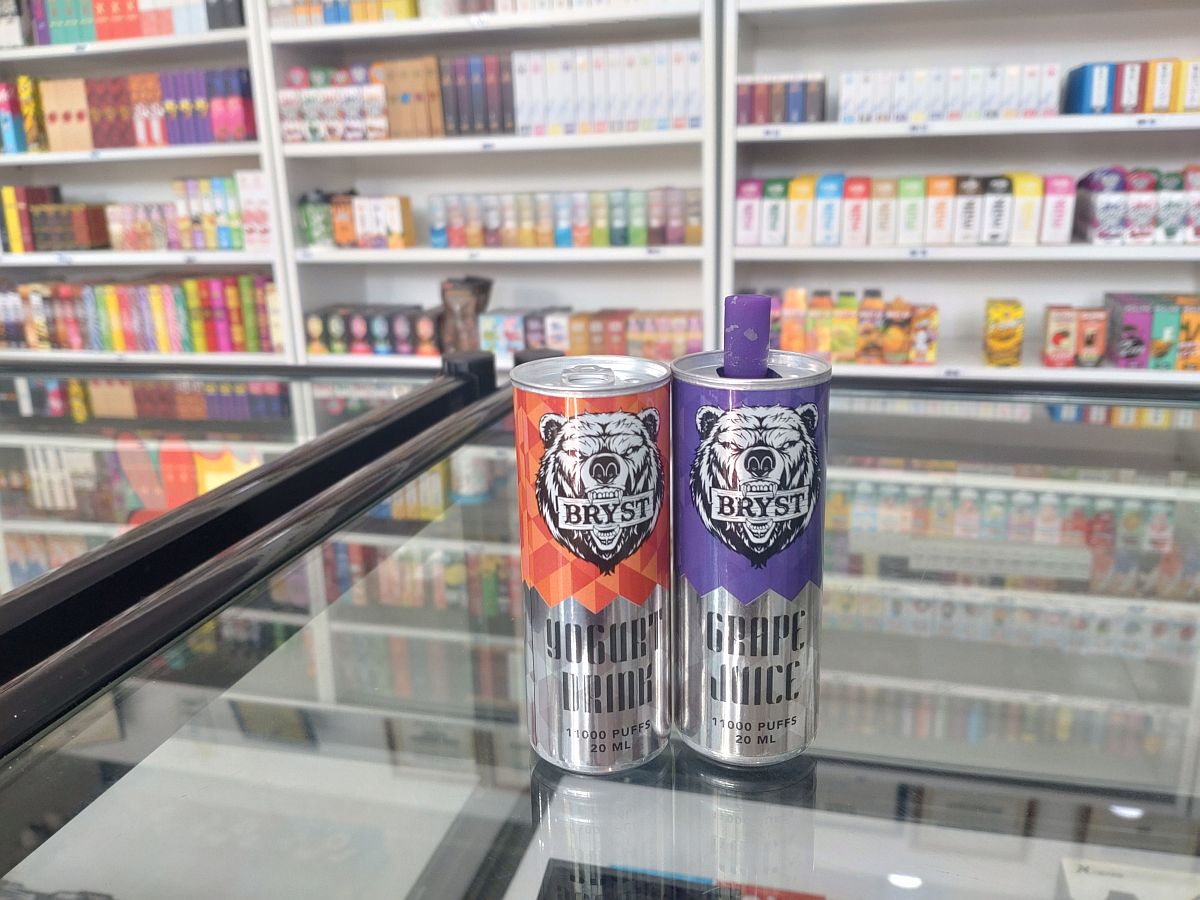Are our children falling into the vaping trap and the concealed risks of nicotine without even knowing it?
Nicotine, the addictive substance in tobacco, is found in cigarettes, cigars, hookahs, and electronic cigarettes (e-cigarettes). It gets into your body through the mouth, lungs, blood, skin, or stomach.
When it is in the system, it causes your body to release adrenaline, which makes your heart race, your breathing go faster, and your blood pressure rise.
When adrenaline is released because of nicotine, it makes your brain produce a feel-good chemical called dopamine. This makes smoking feel pleasurable and can make you want to smoke more.
Nicotine poses significant risks to our overall health. It raises blood pressure, heart rate, and blood flow to the heart while narrowing and potentially hardening arteries, increasing the risk of a heart attack.
Nicotine addiction is also linked to a higher risk of Alzheimer’s disease, underscoring its harmful long-term effects, despite temporary brain benefits.
Furthermore, many young individuals use e-cigarettes to manage stress, anxiety, or depression. However, it is important to note that e-cigarettes are not a recommended mental health treatment.
The temporary relief they provide might create a misleading impression of their effectiveness. In reality, nicotine can worsen anxiety and intensify depression, making it an unfavourable long-term solution.
In Malaysia, the use of vaping products among adolescents aged between 13 and 17 has been a growing concern. The national prevalence of e-cigarettes and other vaping products use has jumped to 14.9 per cent in 2022, marking a substantial increase from 9.8 per cent in 2017.
These numbers are concerning because nicotine harms children and adolescents. It can lead to decreased cognitive and emotional functioning, worsen memory, and increase the risk of addiction to other substances. Some young individuals use vaping to cope with stress, which can lead to a cycle of nicotine dependence.
The Health Parliamentary Special Select Committee (PSSC), working closely with experts, has suggested two key regulations for tobacco and vape control. These recommendations include setting limits on free-base nicotine concentration and e-liquid volume.
This helps reduce the risk of addiction and nicotine poisoning, particularly among young people. It also allows for better product control and enhances public health by reducing the health risks linked to excessive nicotine consumption and potential for addiction.
Currently, there are no established rules for how e-cigarettes and e-liquids should be packaged or labelled. To address this gap, experts advise that all e-cigarette and e-liquid products should feature clear and informative packaging and labelling.
Vape manufacturers and operators should also adhere to regulations regarding additives, colouring, and flavouring in e-liquids. Furthermore, the regulatory authorities should enforce strict penalties to those found to be non-compliant and mandate registration of e-cigarettes and e-liquids with regulatory agencies.
With that, it is important we lend our support to the Control of Smoking Products for Public Health Bill 2023. This marks Malaysia’s first proposed standalone tobacco control Act that envisions a smoke-free generation to safeguard public health and enhance public awareness of potential risks.
This article was written by Thaarenee Wiswannadan, Mahirah Ma’som, Mohamad Ishak Ahmad Abir, Nariza Alysa Azryn, Dr Janice Hew Pei Fang, Dr Kavinash Loganathan, Chan Wan Thung, Mandy Thoo, Assoc Prof Dr Murallitharan Munisamy, and Dr Saunthari Somasundaram from National Cancer Society Malaysia (NCSM) and NCD Malaysia.
- This is the personal opinion of the writer or publication and does not necessarily represent the views of CodeBlue.






